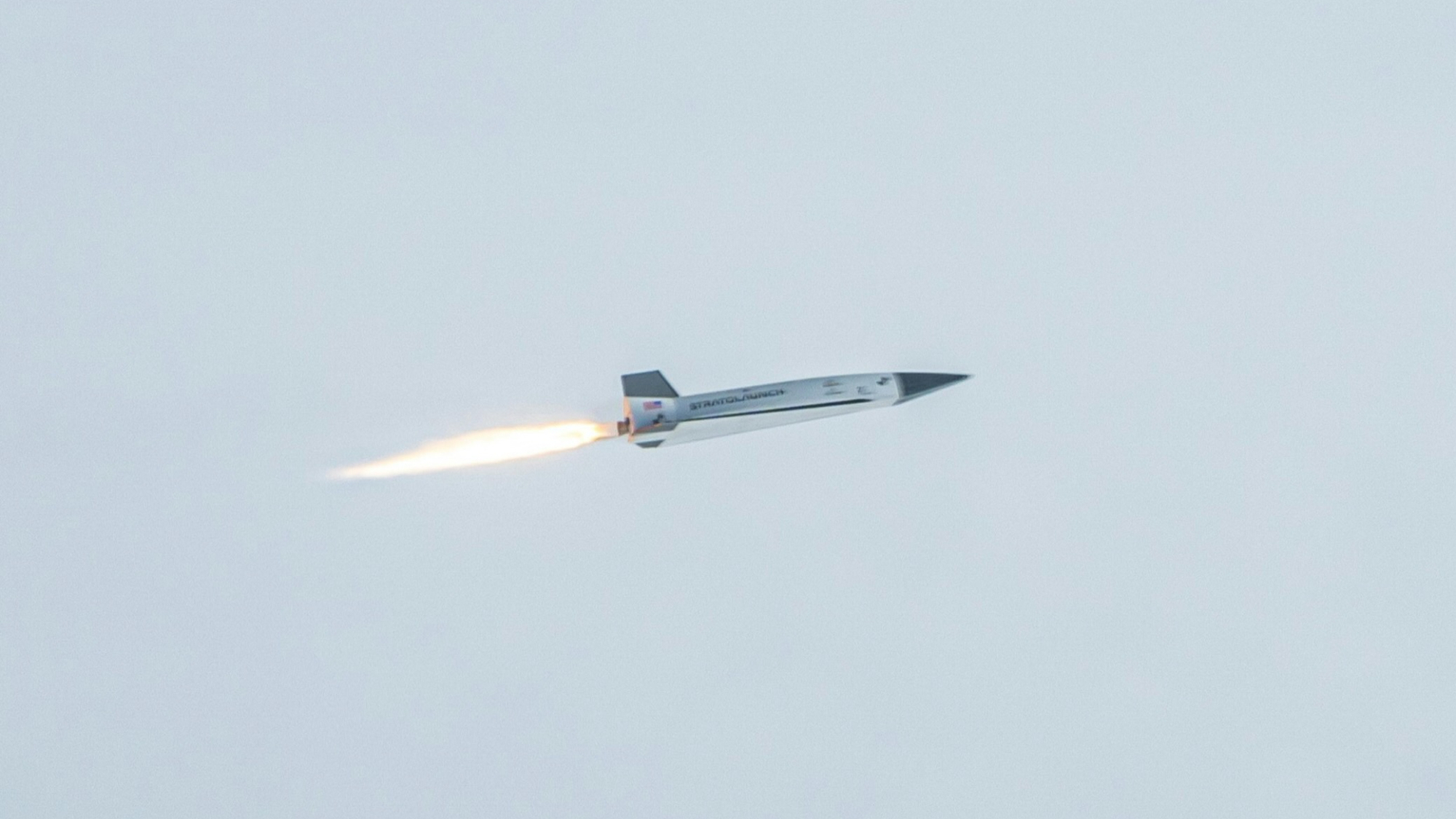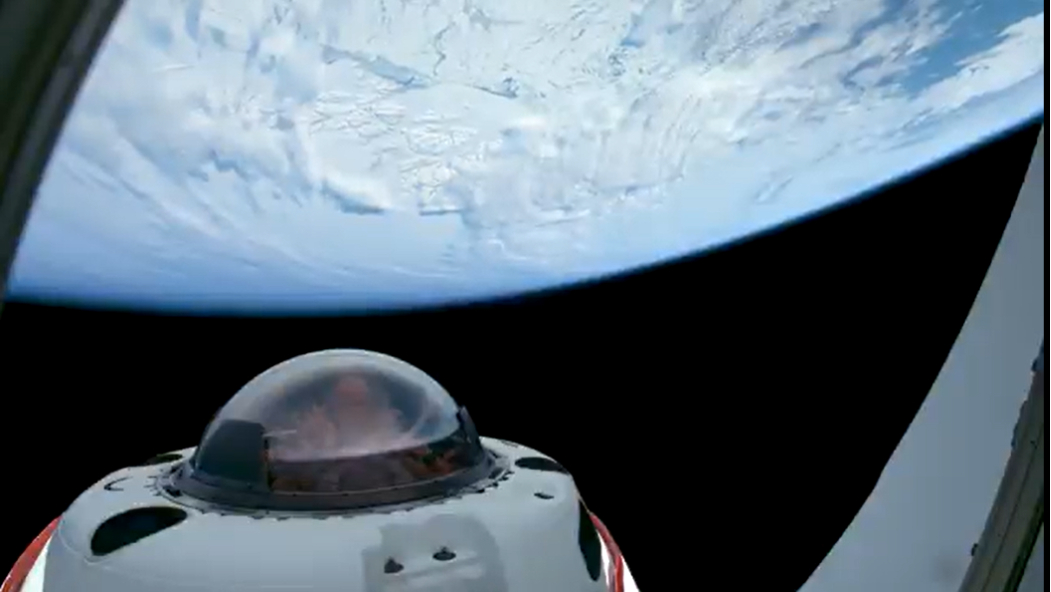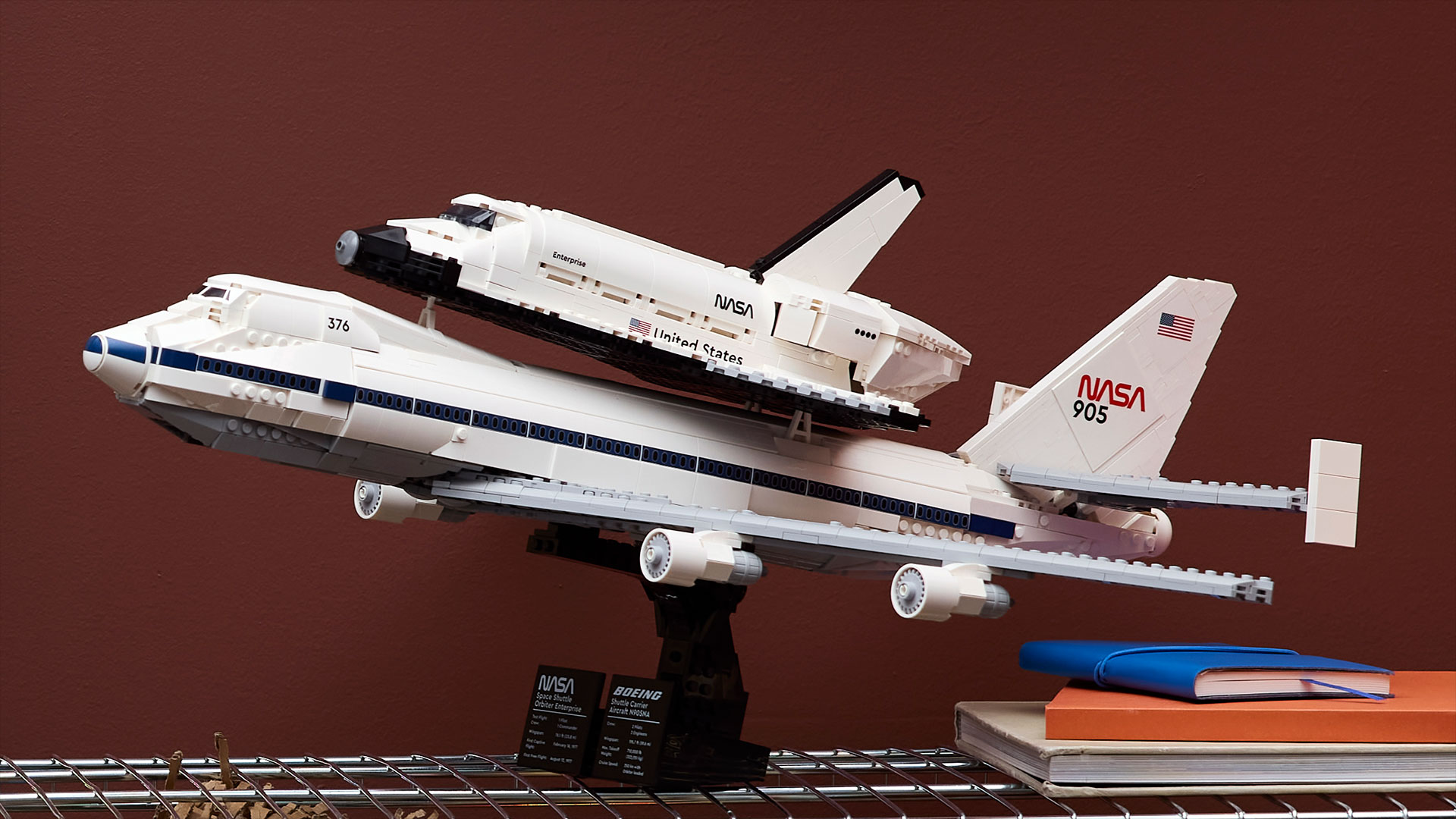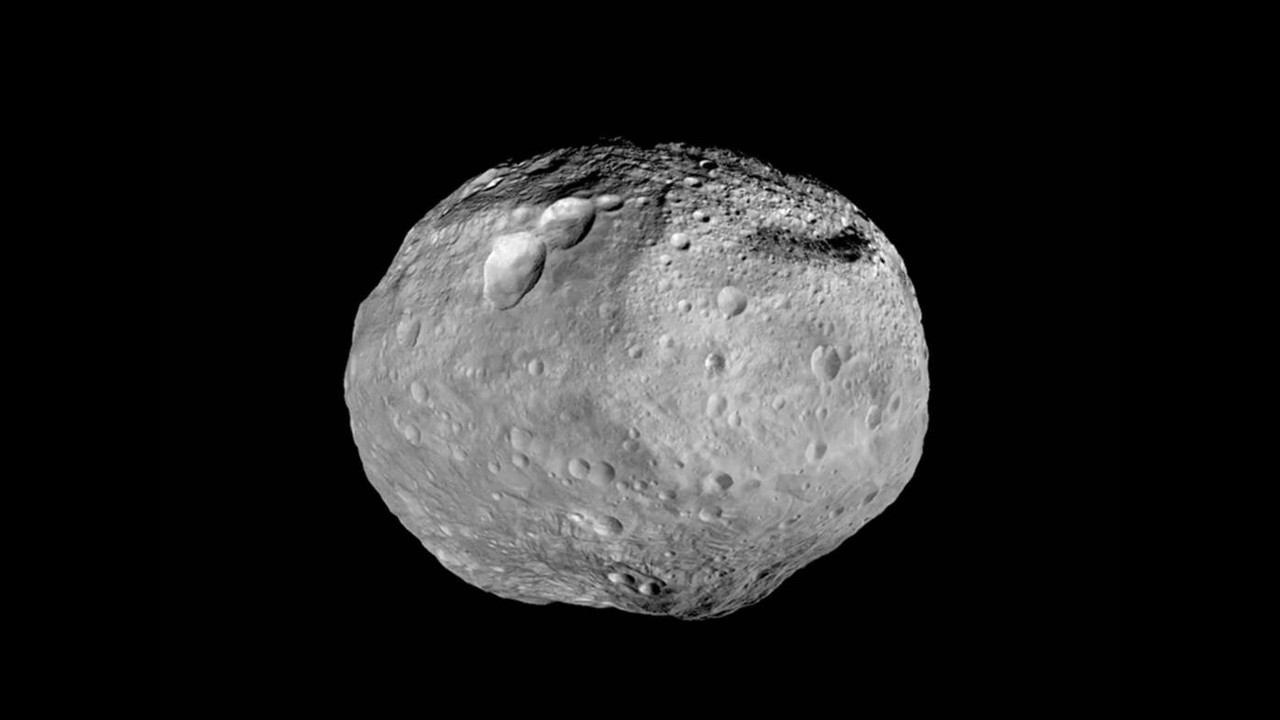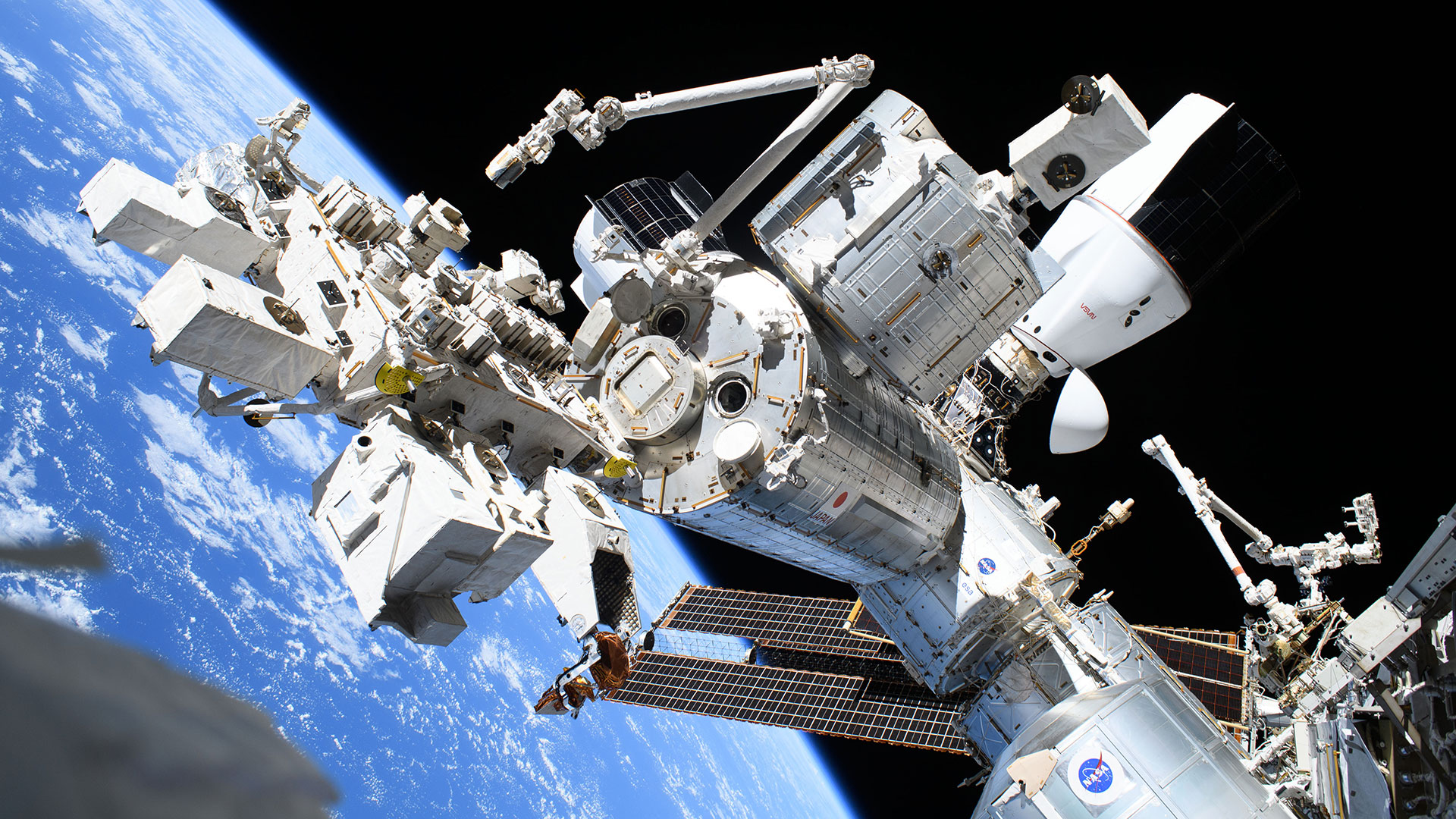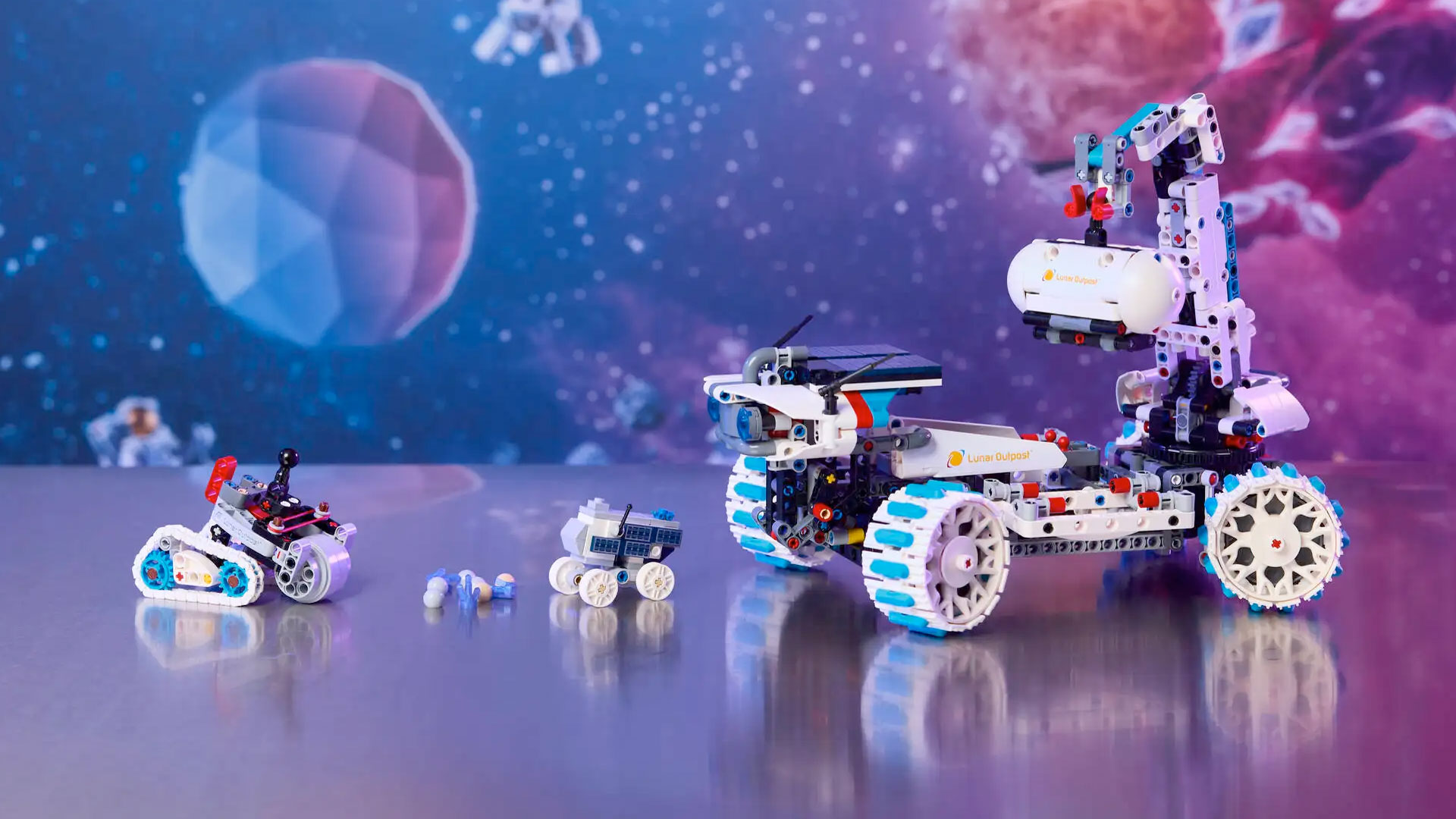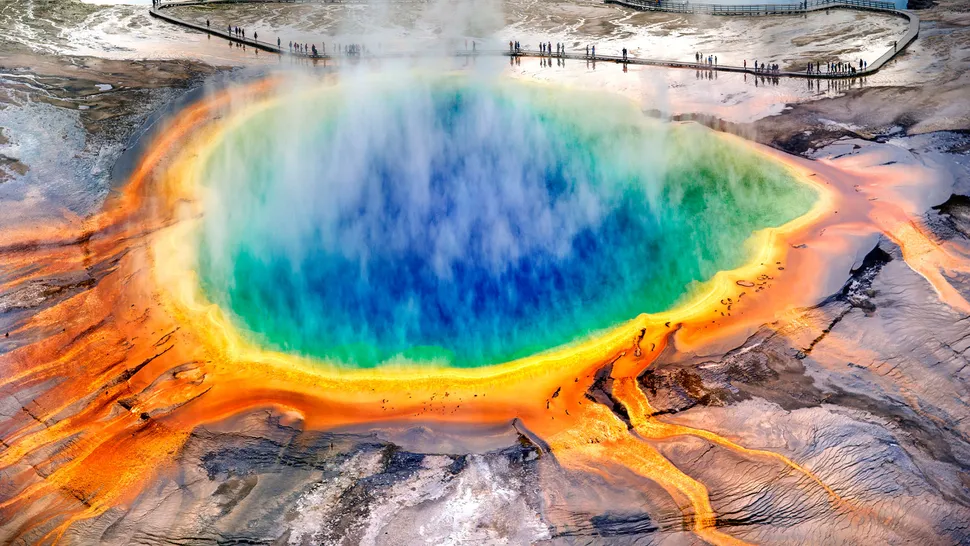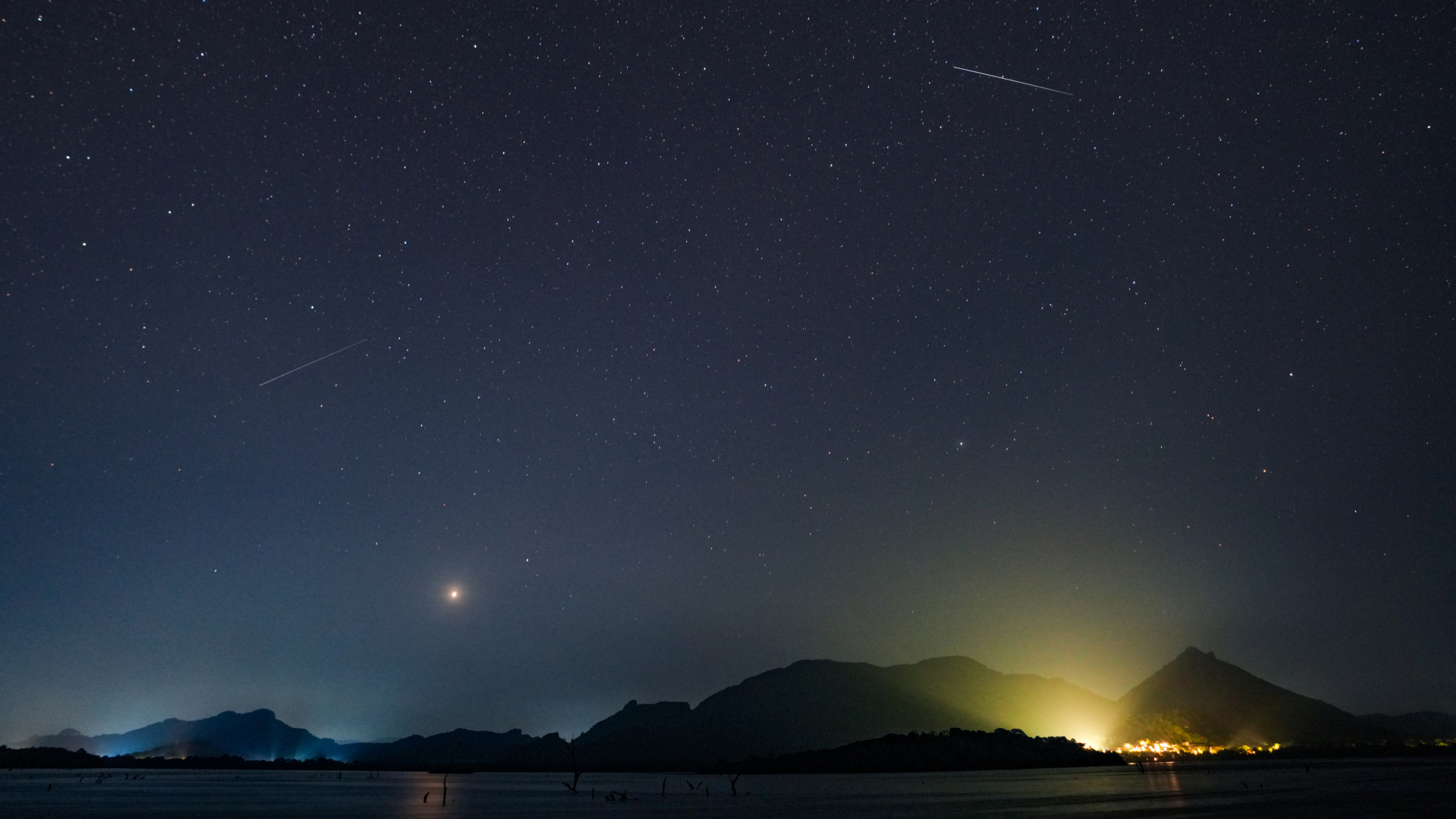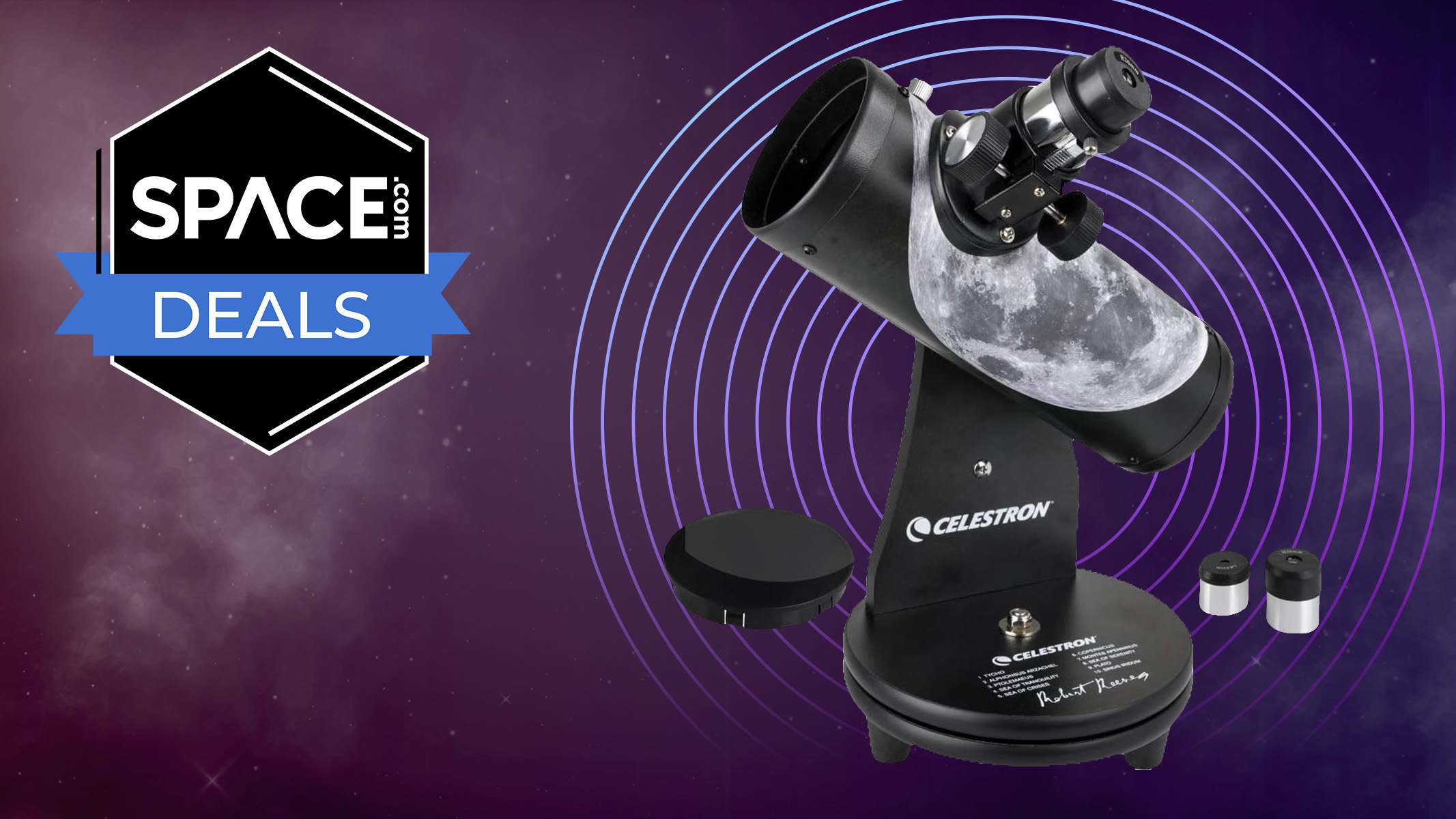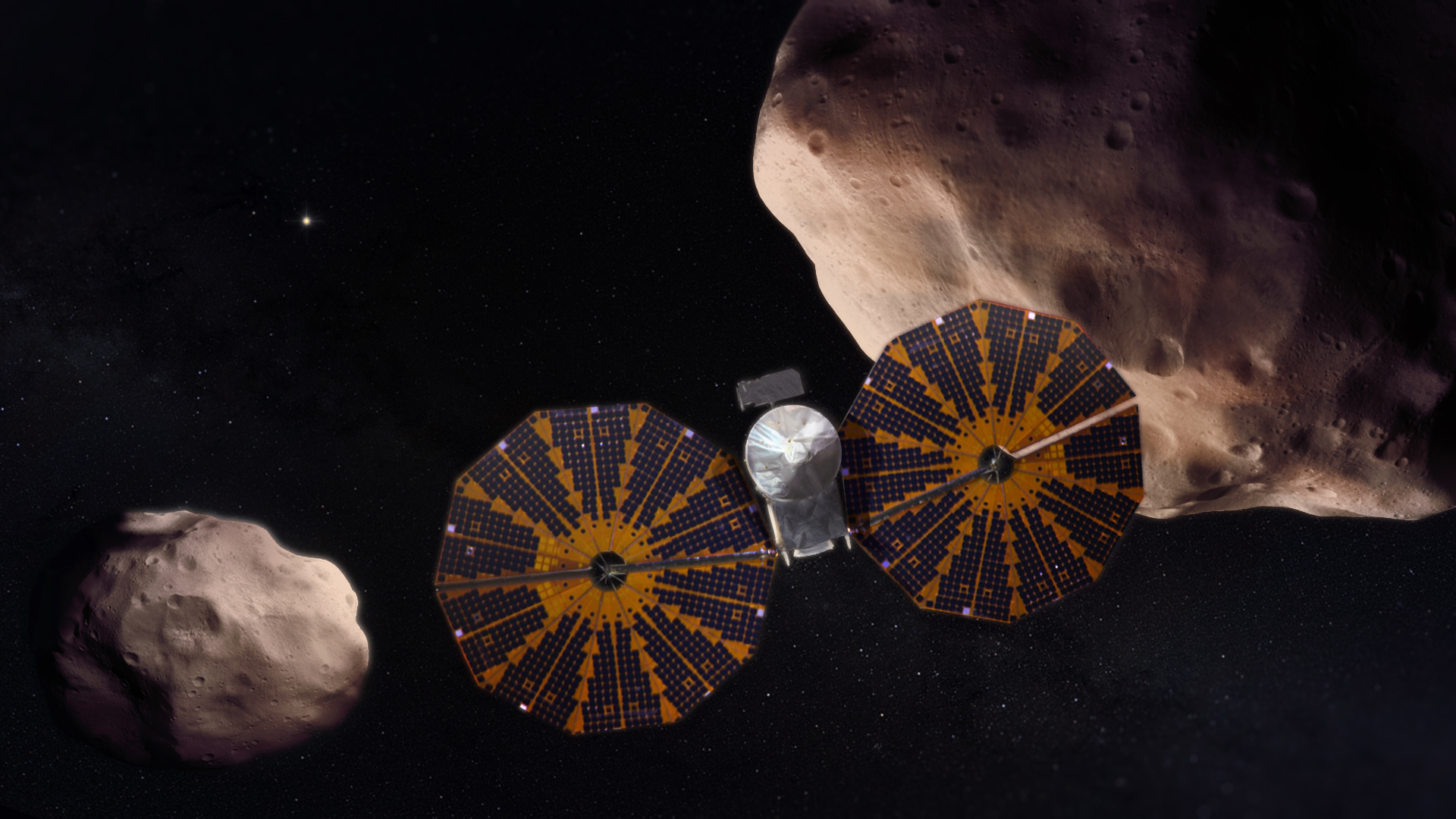SpaceX will launch 2 Starlink missions in 2 days starting Thursday. Watch them live!
CAPE CANAVERAL, Fla. — SpaceX will launch its next batch of Starlink satellites on Thursday (Feb. 4), as part of a potential launch doubleheader that will further expand the company's satellite-internet fleet, and you can watch the action live online.
The Hawthorne, California-based company is planning to launch back-to-back Starlink missions, lofting two batches of 60 Starlink internet satellites on two different Falcon 9 rockets.
The first mission is scheduled to lift off from Space Launch Complex 40 at Cape Canaveral Space Force Station on Thursday at 1:19 a.m. EST (0619 GMT), followed by a second from NASA's historic Pad 39A here at Kennedy Space Center in Florida at just over 24 hours later, on Friday at 5:14 a.m. EDT (1014 GMT) — if all goes as planned.
You can watch the launch live here and on the Space.com homepage, courtesy of SpaceX, beginning about 15 minutes before liftoff. You can also watch the launch directly via SpaceX.
Related: SpaceX's Starlink satellite megaconstellation launches in photos
SpaceX is already off to a rapid start for this year, as Thursday's launches will be the fourth (and potentially fifth) of the year for the private spaceflight company. The company has leaned heavily on its fleet of flight-proven rockets, and as such was able to get a record 26 off the ground in 2020. Two of those flights were astronaut missions to the International Space Station — marking the first for a commercial company and the first human missions to launch from Florida since the retirement of the space shuttle program in 2011.
This year the company has even bigger ambitions; it is planning to launch 40 rockets between its California and Florida launch sites.
Get the Space.com Newsletter
Breaking space news, the latest updates on rocket launches, skywatching events and more!
SpaceX will be putting its two drone ships — "Of Course I Still Love You" and "Just Read the Instructions" — to use on Thursday, as the company hopes to catch both boosters. If successful, the landings will mark the 74th and 75th recoveries for SpaceX since the company landed its first booster in 2015.
First up on the launch pad will be the booster known as B1059, set for its fifth flight. This first stage previously ferried two different SpaceX Dragon cargo resupply missions to the International Space Station as part of NASA's CRS-19 and CRS-20 flights, an Earth-observing satellite for Argentina (SAOCOM-1B in August 2020), followed by a spy satellite for the U.S government as part of the NROL-108 mission in December. Thursday's flight will mark the second Starlink payload this particular booster has carried.
Up next will be another eight-time flier. Known as B1049, this booster became the first in SpaceX's fleet to fly seven times and is the second to attempt eight launches and landings. To date, it's hoisted a Telstar communications satellite in September 2018, followed by an Iridium NEXT satellite in January 2019, and then four different Starlink missions.
Its counterpart, B1051, recently became the first booster in SpaceX's fleet to become an eight-time flier. That booster recently sailed back into port after launching on its record-setting mission on Jan. 20. SpaceX designed its Block 5 Falcon 9 variant to fly at least 10 times with minimal refurbishments in between flights. While the company has yet to hit that mark, these two boosters could potentially achieve it this year.
Related: See the evolution of SpaceX's rockets in pictures
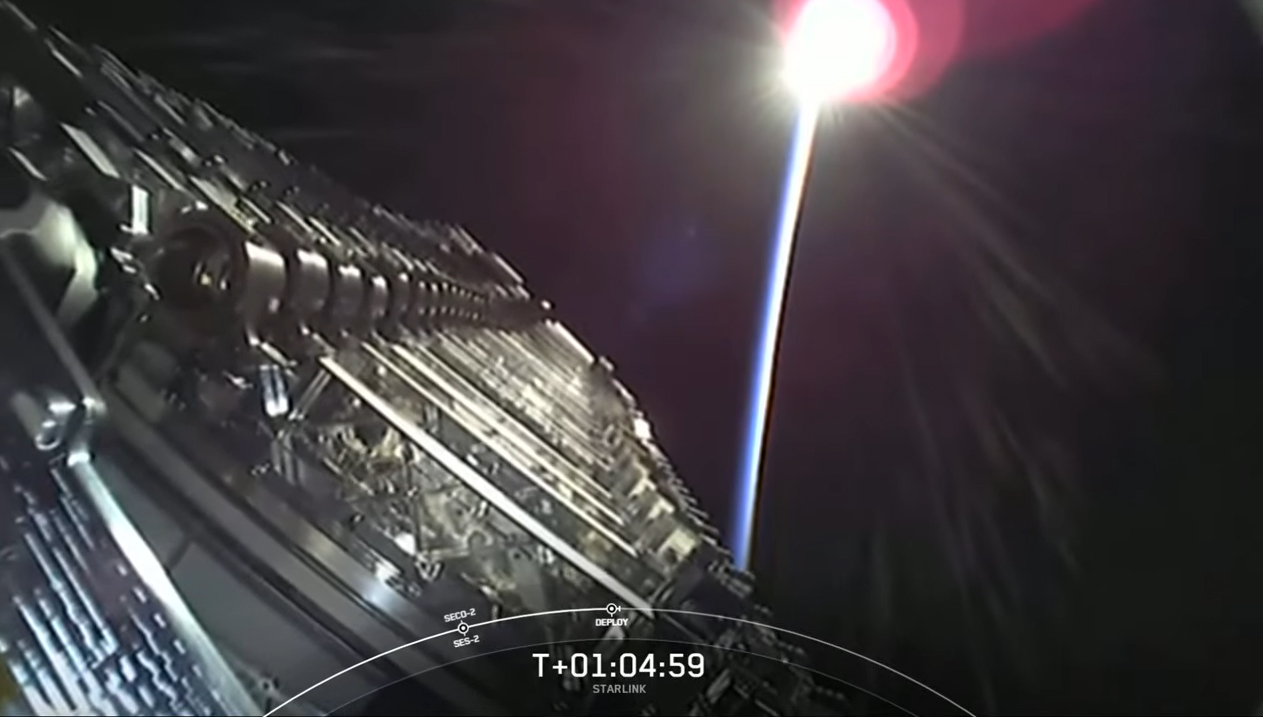
SpaceX created its Starlink internet program to connect users around the globe and provide reliable and affordable internet service, mainly to remote and rural areas. The company does that with the help of a small user terminal that's no larger than a laptop. SpaceX planned for its original Starlink constellation to contain 1,440 of the flat-paneled internet beaming satellites.
The company needed at least several hundred in orbit before it could begin to roll out the service, company founder and CEO Elon Musk has said previously. Thursday's launch, will bring the total number of Starlink satellites in orbit to more than 1,000, including the first 10 to launch on a polar-orbiting trajectory. Those satellites blasted off as part of a rideshare effort on Jan. 24.
Dubbed Transporter-1, that rideshare mission included 143 small satellites, marking the most satellites one rocket has carried into space so far. Ten of those were SpaceX's own Starlink satellites. Bound for a polar trajectory, this group of spacecraft will help the company provide coverage to high-latitude regions.
An extensive Starlink internet beta-testing phase, called "Better than nothing", is well underway, with the company recently expanding the program to customers in the U.K., thanks to approval from telecoms regulator Ofcom.
The company also snagged its first Canadian customer, the Pikangikum First Nation reservation. The satellite-internet service has helped the community connect to health and education services and much more.
Related: SpaceX launches 60 Starlink satellites and lands rocket in dazzling nighttime liftoff
Flight milestones
If all goes according to plan, the back-to-back launches will mark the 105th and 106th flights overall for SpaceX's 229-foot-tall (70 meters) two-stage Falcon 9 rocket, as well as the 53rd and 54th reflight of the workhorse rocket since the company began recovering boosters in 2015.
Over the past five years, the company has honed its recovery efforts while continuing to prove Falcon 9's reliability. Reusing rocket boosters has now become commonplace for SpaceX and has allowed the company to launch its rockets at a record pace. In 2020, the Falcon 9 became the most launched rocket of all time when it launched on its 84th flight — a record held by United Launch Alliance's Atlas V rocket.
With the company's latest flight, the Transporter-1 mission on Jan. 24, the Block 5 Falcon 9 variant also passed the 85-flight mark, having successfully launched 86 times.
To date, SpaceX has successfully landed its first-stage boosters 73 times. That's thanks to the company's two fully operational drone-ship landing platforms — "Of Course I Still Love You" and "Just Read the Instructions." The dynamic duo are enabling SpaceX to launch (and land) more rockets. SpaceX has two options for booster recovery: on a drone ship or at one of its landing zones. Since the ships are mobile and can be positioned in the ocean, it takes less fuel than if the booster would return to land at the Cape. Out of the more than 70 booster landings, only 21 have been on terra firma, with the rest on one of the two drone ships.
Related: Why SpaceX's Starlink satellites caught astronomers off guard
Doubleheader
Thursday's flights could be the first time that SpaceX has launched two rockets within the same day from its two Florida-based launch pads. That's thanks in part to weather-related delays. The Starlink 17 mission, launching on B1049, was originally planned for Jan. 30, but was pushed back several days to allow for weather conditions at the recovery zone to improve.
The Starlink 18 mission, which was already slated to launch from Cape Canaveral Space Force Station at 1:19 a.m. EST (0619 GMT) on Thursday, is now scheduled to launch just under 28 hours earlier than Starlink 17 due to that weather delay and the need for more prelaunch checkouts.
Since SpaceX relies on its fleet of frequent fliers, the company wants to make sure that it can successfully recover the returning booster on one of its drone ships. Both ships have been deployed to two different landing zones for the two missions.
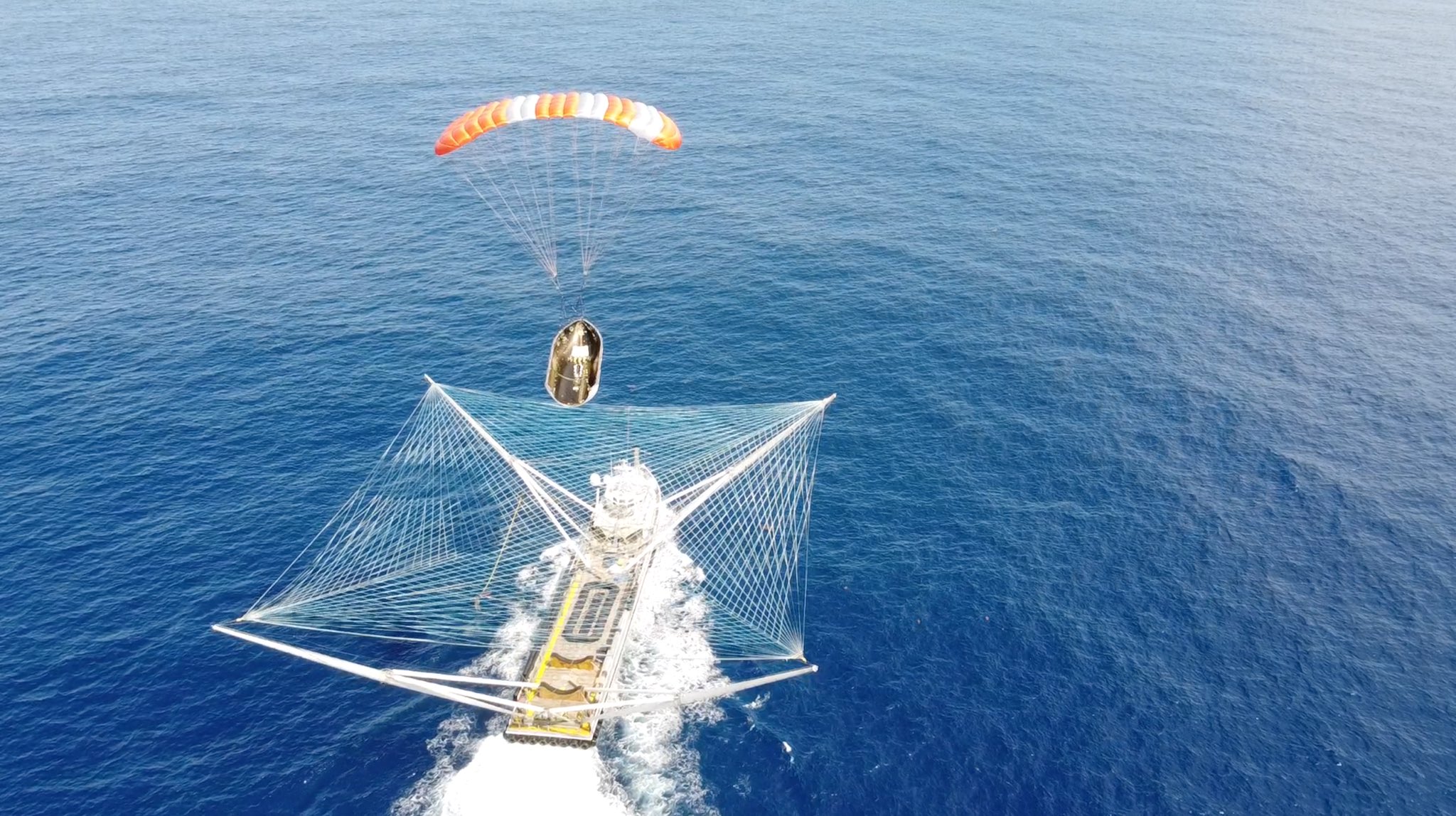
SpaceX will be attempting to recover the fairing pieces (the two halves of the protective "nose cone" on the rocket's upper stage) from each of these launches. The company has had much success in either scooping the protective shroud out of the water and even catching the falling pieces with the help of two net-equipped boats — called GO Ms. Tree and GO Ms. Chief.
Typically the team decides whether it will catch or scoop the fairing halves on the day of a launch. And those recovery efforts take place roughly 45 minutes after liftoff.
Currently, weather is 90% "go" for both launch opportunities , with the only weather concerns being the potential for high liftoff winds at the launch site. There is a backup launch time for each mission, should the need arise.
The team is continuing to monitor the weather at the recovery zone to ensure its recovery efforts will be successful.
Follow Amy Thompson on Twitter @astrogingersnap. Follow us on Twitter @Spacedotcom or Facebook.
Join our Space Forums to keep talking space on the latest missions, night sky and more! And if you have a news tip, correction or comment, let us know at: community@space.com.

Amy Thompson is a Florida-based space and science journalist, who joined Space.com as a contributing writer in 2015. She's passionate about all things space and is a huge science and science-fiction geek. Star Wars is her favorite fandom, with that sassy little droid, R2D2 being her favorite. She studied science at the University of Florida, earning a degree in microbiology. Her work has also been published in Newsweek, VICE, Smithsonian, and many more. Now she chases rockets, writing about launches, commercial space, space station science, and everything in between.
